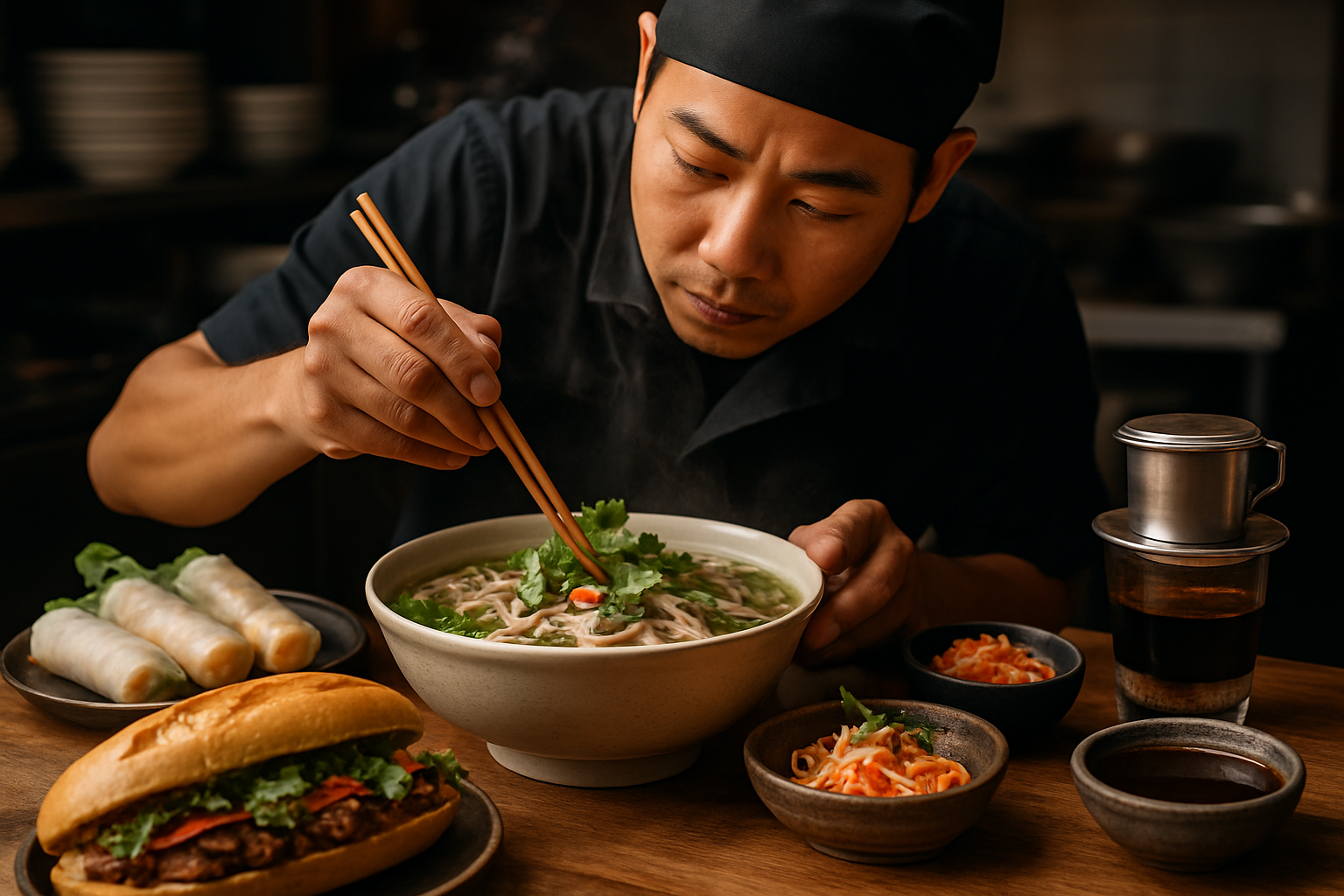Noodle Revolution: Slurping Through Global Culinary Traditions
Embark on a tantalizing journey through the world of noodles, where centuries-old traditions meet modern culinary innovation. From hand-pulled delights to innovative fusion creations, noodles have woven themselves into the fabric of global cuisine. Join us as we explore the diverse textures, flavors, and cultural significance of these versatile strands that continue to captivate food lovers worldwide.

Fusion Noodle Creations
As culinary borders blur, innovative chefs are pushing the boundaries of traditional noodle dishes. Fusion noodle creations are taking the food world by storm, combining unexpected flavors and techniques from diverse culinary traditions. Picture a bowl of ramen topped with Mexican-inspired carnitas, or spaghetti tossed in a Thai green curry sauce. These bold combinations challenge our taste buds and redefine what noodle dishes can be. Fusion noodles not only offer exciting new flavor profiles but also serve as a delicious representation of our increasingly interconnected world. They invite diners to explore culinary crossroads and appreciate the beauty of cultural exchange through food.
The Rise of Gluten-Free Noodle Alternatives
With the growing awareness of gluten sensitivities and the popularity of gluten-free diets, alternative noodles have surged into the spotlight. Innovative food producers and chefs are crafting delicious noodles from a variety of gluten-free ingredients, ensuring that everyone can enjoy the comfort of a good noodle dish. Zucchini noodles, or “zoodles,” have become a favorite among health-conscious diners, offering a low-carb alternative that’s both nutritious and delicious. Other popular options include noodles made from sweet potatoes, chickpeas, and even seaweed. These alternatives not only cater to dietary restrictions but also introduce new textures and flavors to traditional noodle dishes, expanding the culinary landscape for all food enthusiasts.
Noodle Soups: A Global Comfort Food
Few dishes can rival the comforting power of a steaming bowl of noodle soup. From Vietnamese pho to Japanese ramen, noodle soups have earned their place as beloved comfort foods across the globe. The magic lies in the harmonious combination of flavorful broth, tender noodles, and carefully selected toppings. Each culture has its own unique take on noodle soup, reflecting local ingredients and culinary traditions. For instance, the rich and spicy broth of Sichuan’s dan dan noodles offers a stark contrast to the clear and delicate consommé of a classic chicken noodle soup. Exploring the world of noodle soups is like taking a culinary tour around the globe, with each bowl telling a story of its origins and the people who cherish it.
Sustainability in Noodle Production
As the world becomes more environmentally conscious, the noodle industry is not far behind in embracing sustainable practices. Innovative companies are exploring eco-friendly packaging options, reducing water usage in production, and sourcing ingredients from sustainable farms. Some are even experimenting with noodles made from unconventional, sustainable ingredients like algae or insects. These efforts not only reduce the environmental impact of noodle production but also often result in healthier, more nutritious products. As consumers become more aware of the environmental implications of their food choices, sustainable noodles are poised to become a significant trend in the culinary world, proving that delicious food and environmental responsibility can go hand in hand.
Noodle Know-How: Tips and Trivia
• Always salt your pasta water generously - it should taste like the sea.
• Rinsing noodles after cooking can prevent them from absorbing sauce properly.
• The world’s longest noodle measured 3,084 meters and was made in China in 2017.
• Al dente pasta has a lower glycemic index than fully cooked pasta.
• In Japan, it’s considered polite to slurp your noodles loudly.
• Instant noodles were invented in 1958 by Momofuku Ando in Japan.
• Soba noodles are rich in protein and antioxidants.
• The term “noodle” is believed to come from the German word “nudel.”
As we conclude our noodle odyssey, it’s clear that these humble strands of dough have a remarkable ability to connect cultures, inspire innovation, and comfort souls. From the skilled hands of traditional noodle makers to the creative minds of fusion chefs, noodles continue to evolve while maintaining their status as a global culinary staple. Whether you’re slurping a bowl of ramen, twirling spaghetti, or experimenting with zoodles, remember that each noodle dish carries with it a rich history and the potential for culinary adventure. So next time you enjoy a noodle meal, take a moment to appreciate the craftsmanship, tradition, and innovation that went into creating that perfect bite.





